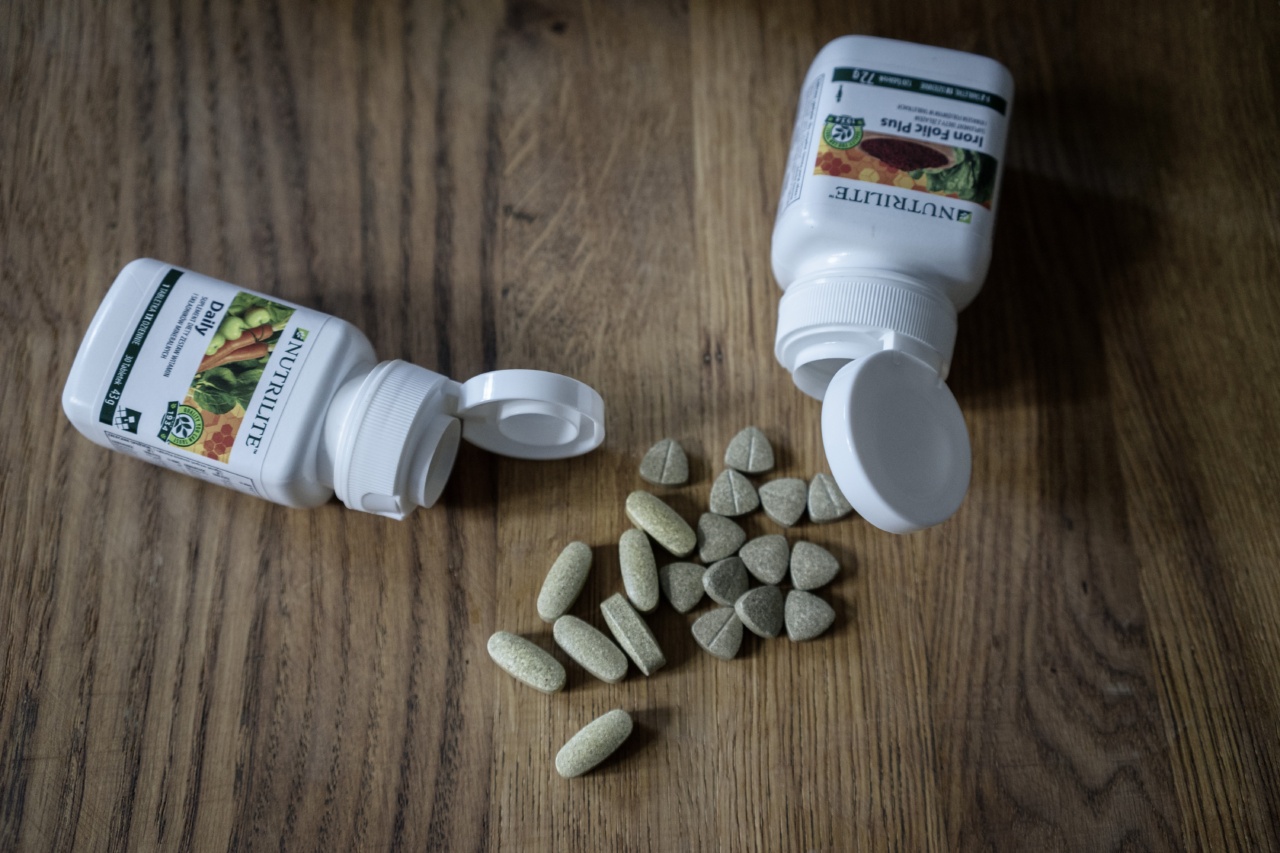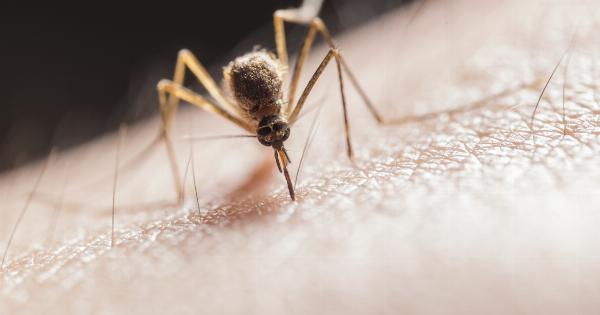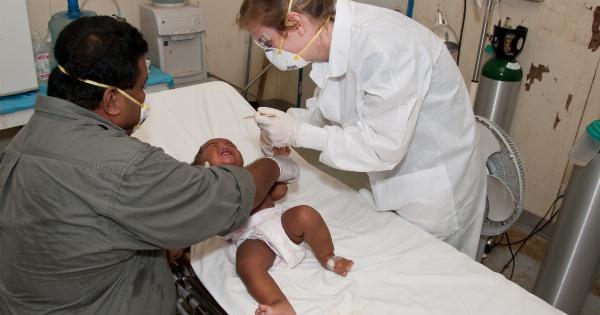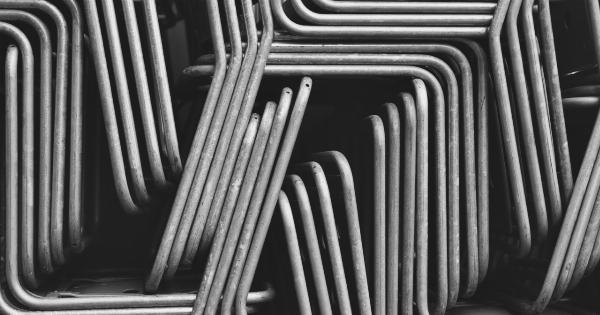Benign lesions refer to abnormal growths in the body that are non-cancerous and usually do not pose a threat to health. While these growths are generally harmless, it is still essential to prevent them from developing or progressing.
This article will delve into various types of benign lesions, their causes, symptoms, and prevention measures.
Types of Benign Lesions
There are numerous types of benign lesions that can develop in different parts of the body. Some common examples include:.
- Skin Lesions: Skin lesions such as moles, freckles, and skin tags are among the most prevalent benign growths. While most of these are harmless, monitoring any changes in their appearance is crucial.
- Adenomas: These are benign tumors that develop in glandular tissues, such as the colon, adrenal glands, or thyroid glands. Although most adenomas do not cause any symptoms, some may develop into cancer if left untreated.
- Fibromas: Fibromas are benign tumors that form in connective tissues, commonly affecting the skin, breasts, or uterus. These growths do not typically pose a health risk, but monitoring their growth is important.
- Lipomas: Lipomas are noncancerous growths made up of fat cells. They are usually painless and can develop anywhere in the body where fat is present.
- Hemangiomas: Hemangiomas are benign growths that occur in blood vessels, typically found on the skin or internal organs. Most hemangiomas appear during infancy and regress over time.
Causes and Risk Factors
The exact causes of benign lesions vary depending on the type of growth. However, several common factors contribute to their development:.
- Genetics: In some cases, genetic mutations or inherited conditions can increase the likelihood of developing benign lesions. These mutations affect cell growth and division.
- Hormonal Changes: Fluctuations in hormone levels can lead to the formation of certain benign lesions. For instance, an increase in hormone levels during pregnancy may trigger the development of skin tags or fibromas.
- Environmental Factors: Prolonged exposure to certain environmental triggers, such as sunlight or chemicals, may contribute to the development of benign skin lesions like moles or freckles.
- Age: Benign lesions tend to be more common as individuals age. This may be due to cumulative exposure to risk factors or age-related changes in hormone levels and cell growth.
- Pre-existing Conditions: Some underlying medical conditions, such as certain types of inherited syndromes, can predispose individuals to the development of specific benign lesions.
Symptoms and Diagnosis
The symptoms of benign lesions can vary depending on their location and type. In many cases, these growths do not cause any noticeable signs or discomfort. However, certain symptoms may occur, including:.
- Changes in Appearance: Skin lesions may change in size, shape, or color over time.
- Pain or Discomfort: In some cases, benign lesions can cause pain or discomfort, particularly if they grow large or press against surrounding tissues or nerves.
- Bleeding or Ulceration: Lesions that are easily traumatized due to their location can result in bleeding or ulceration.
- Functional Impairment: Depending on their size and location, certain benign lesions can interfere with the normal functioning of organs or tissues.
To diagnose a benign lesion, a healthcare professional may perform various examinations and procedures:.
- Physical Examination: The doctor will examine the lesion visually and may palpate it to assess its characteristics.
- Biopsy: A small sample of the lesion may be extracted for laboratory analysis to confirm the benign nature of the growth.
- Imaging Tests: In some cases, imaging tests such as ultrasound, MRI, or CT scans may be required to obtain a more detailed view of the lesion and its surrounding structures.
- Blood Tests: Certain blood tests may help assess the overall health of an individual and rule out any potential underlying medical conditions.
Prevention and Treatment
While not all benign lesions can be prevented, there are several steps individuals can take to reduce their risk of developing these growths:.
- Sun Protection: Regularly applying sunscreen, wearing protective clothing, and limiting sun exposure can help prevent certain benign skin lesions, such as moles or freckles.
- Healthy Lifestyle: Maintaining a balanced diet, exercising regularly, and avoiding tobacco and excessive alcohol consumption can contribute to overall health and potentially reduce the risk of developing benign lesions.
- Regular Check-ups: Routine medical check-ups allow healthcare professionals to monitor any changes in existing lesions and detect the development of new ones.
- Genetic Counseling: Individuals with a family history of certain benign lesions or inherited syndromes may benefit from genetic counseling to assess their risk and discuss preventive measures.
The treatment options for benign lesions depend on factors such as their type, location, size, and potential symptoms. Common treatment modalities include:.
- Observation: In many cases, particularly with small or asymptomatic lesions, healthcare professionals may recommend regular monitoring without any immediate interventions.
- Medication: Certain medications or creams may be prescribed to manage symptoms associated with benign lesions, such as pain or inflammation.
- Cryotherapy: Freezing the lesion with liquid nitrogen can be an effective method for removing some benign growths, such as skin tags or warts.
- Excision: Surgical excision involves removing the entire lesion and is commonly used for larger or bothersome growths. This approach ensures complete removal and provides a sample for pathology examination.
- Laser Surgery: Laser surgery is an alternative technique that utilizes focused laser beams to vaporize or remove the lesion.
- Electrocautery: Electrocautery involves burning off the lesion using an electric current. This method is often used for small growths like skin tags.
Conclusion
Benign lesions may not be harmful, but preventive measures should still be taken to mitigate their development or potential complications.
Understanding the different types of benign growths, their causes, symptoms, and available prevention methods is crucial for maintaining overall health and well-being. Regular check-ups, healthy lifestyle choices, and prompt medical evaluation of any concerning lesions should be prioritized to ensure early detection and appropriate management.






























